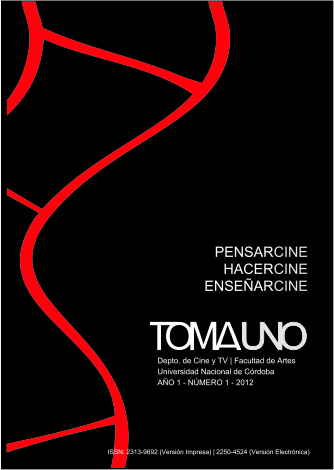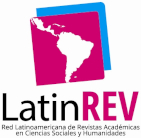The filming of an anthropological documentary as intercultural relation: Limits and possibilities
DOI:
https://doi.org/10.55442/tomauno.n1.2012.8576Keywords:
Audiovisual Production, Anthropological Documentary, Mapuche, Intercultural RelationshipAbstract
In this paper, we will review the experience with Mapuche communities while filming the documentary "The Land without its People". We define interculturality as the relationship between socio-culturally diverse groups. Then, we discuss how the relationship between "us" and "others" during this film´s production changed and the stages in this process. "We": junior, collegiate, urban and wincas, on their terms. "They": Mapuche of all ages, members of two rural communities. The intercultural relationship stages that we analize are: (1) the previous relationship from which the film emerges as a project and its accomplishment becomes possible, (2) the shooting of the film, and (3) the presentation and dissemination of the film. During the first period, we can distinguish, in turn, three phases: (1.1) a beginning facilitated but troubled, (1.2) a turning point from a critical situation that causes a favorable change in the relationship and, finally, (1.3) the granting of a certificate of trust, the hallmark of an alliance.
Downloads
Downloads
Issue
Section
License
This work is licensed under Creative Commons Attribution-NonCommercial-NoDerivs 2.5 Argentina .


































